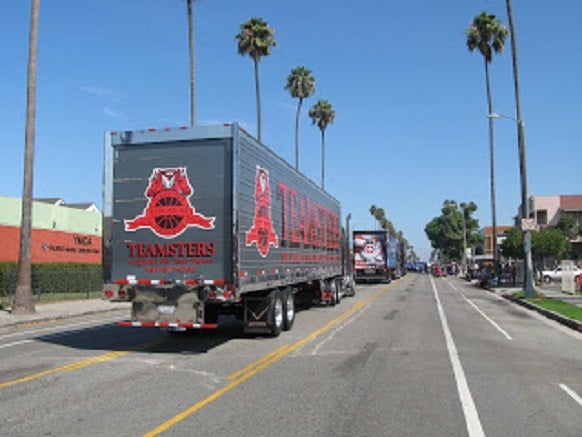Uncategorized
Combating ‘Drowsy Driving’ Requires Keeping Trucker Standards

The Teamsters have been leaders in standing up for proper rest breaks for truck drivers. After all, union drivers know all-to-well what can happen when forced to work too many hours on the road. But now a new report shows the true dangers that come from “drowsy driving.”
The Governors Highway Safety Association (GHSA) document notes that some 83.6 million sleep-deprived Americans are taking to the roads every day. As a result, the report states, an estimated 5,000 people died in related crashes last year. The National Highway Traffic Safety Administration (NHTSA) estimates the annual societal costs of fatigue-related fatal and injury crashes is $109 billion.
“Drowsy driving is a serious safety issue on America’s roadways,” said Chris Mullen, Director of Technology Research at State Farm, which funded the report. “We encourage drivers to remember the role that rest plays in safe driving, and to prioritize getting enough sleep before getting behind the wheel.”
For truckers, however, some have repeatedly sought to make getting the rest they need harder. The trucking industry and its friends in Congress have wanted to lengthen the hours truck drivers can legally be on the road while trying to do away with state laws that set rest and meal break requirements.
The consequences of eliminating breaks could be quite real. Already, nearly 4,000 lives are claimed each year on U.S. highways in accidents involving tractor trailers. And in the most recent available numbers from 2013, 97 percent of vehicle occupants killed in two-vehicle crashes involving a passenger vehicle and a large truck were occupants of passenger vehicles.
It is great that NHTSA and the GHSA report have recognized the issue of drowsy driving and want to raise awareness so that it is thought of in the same way drunk, drugged and distracting driving is. But authorities must also recognize the importance of existing federal Hours of Service regulations as well as meal and rest breaks at the state level.
Taken together, officials can make a difference and make U.S. highways safer.